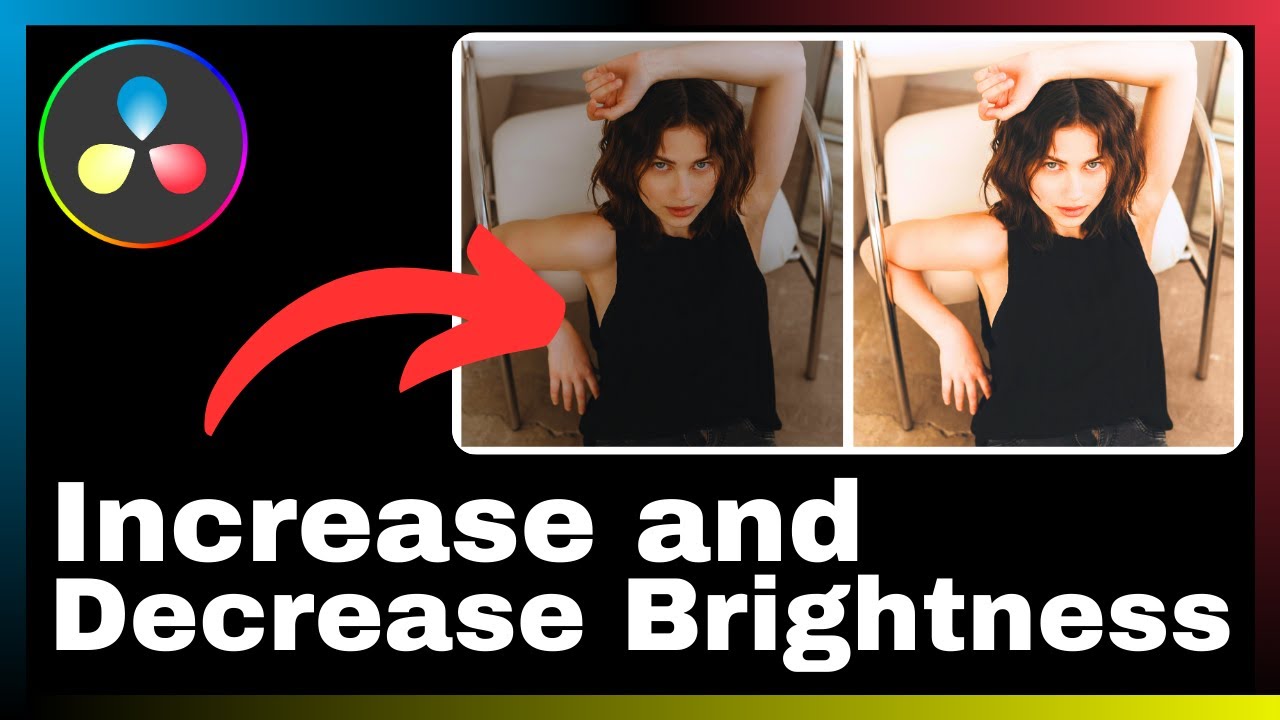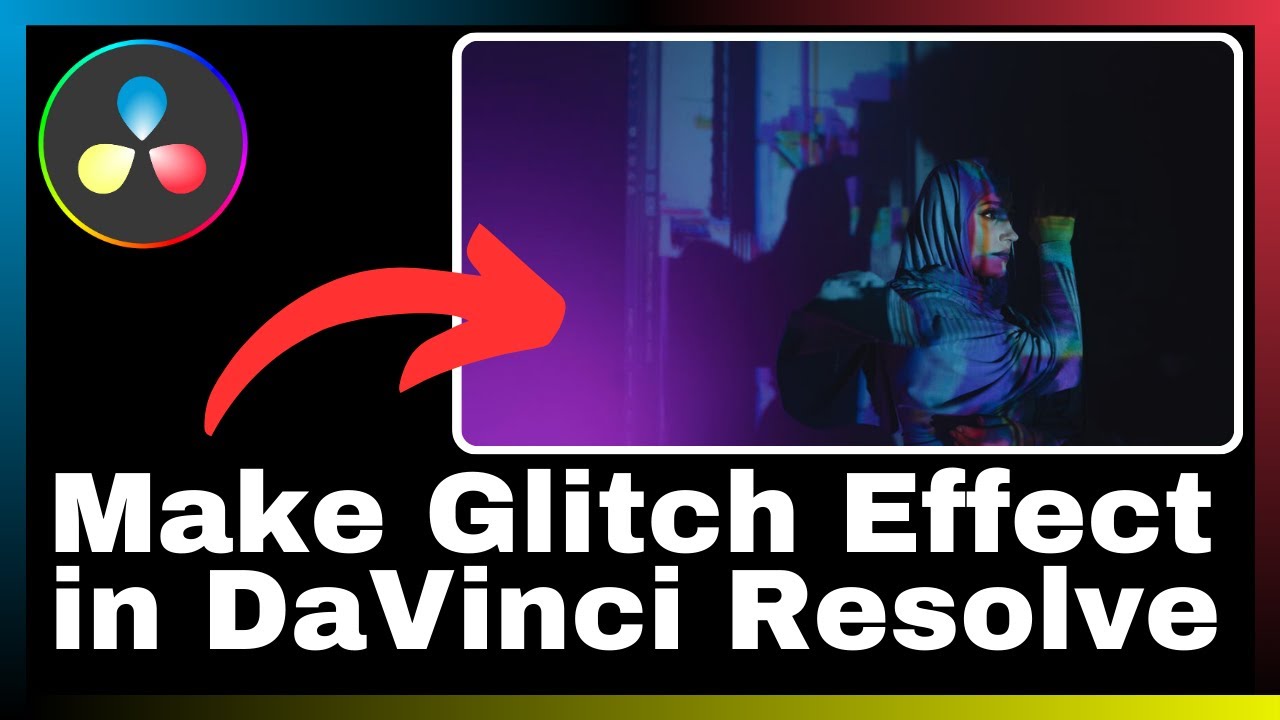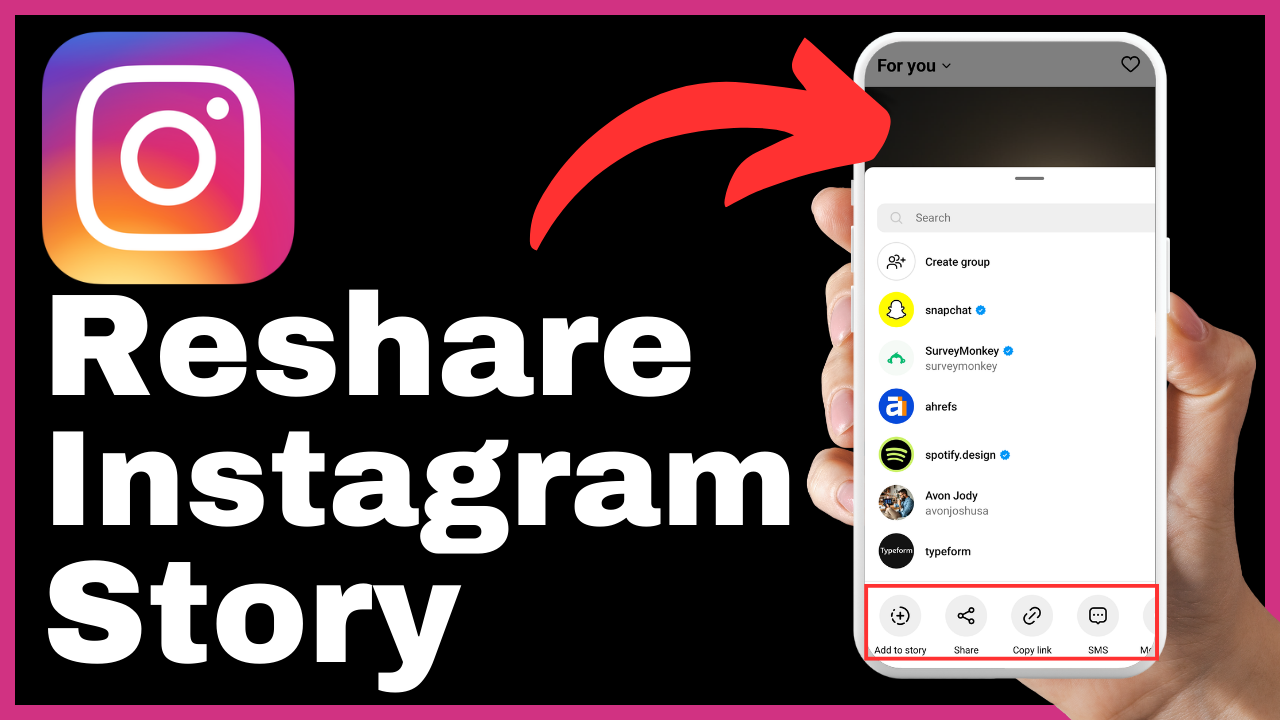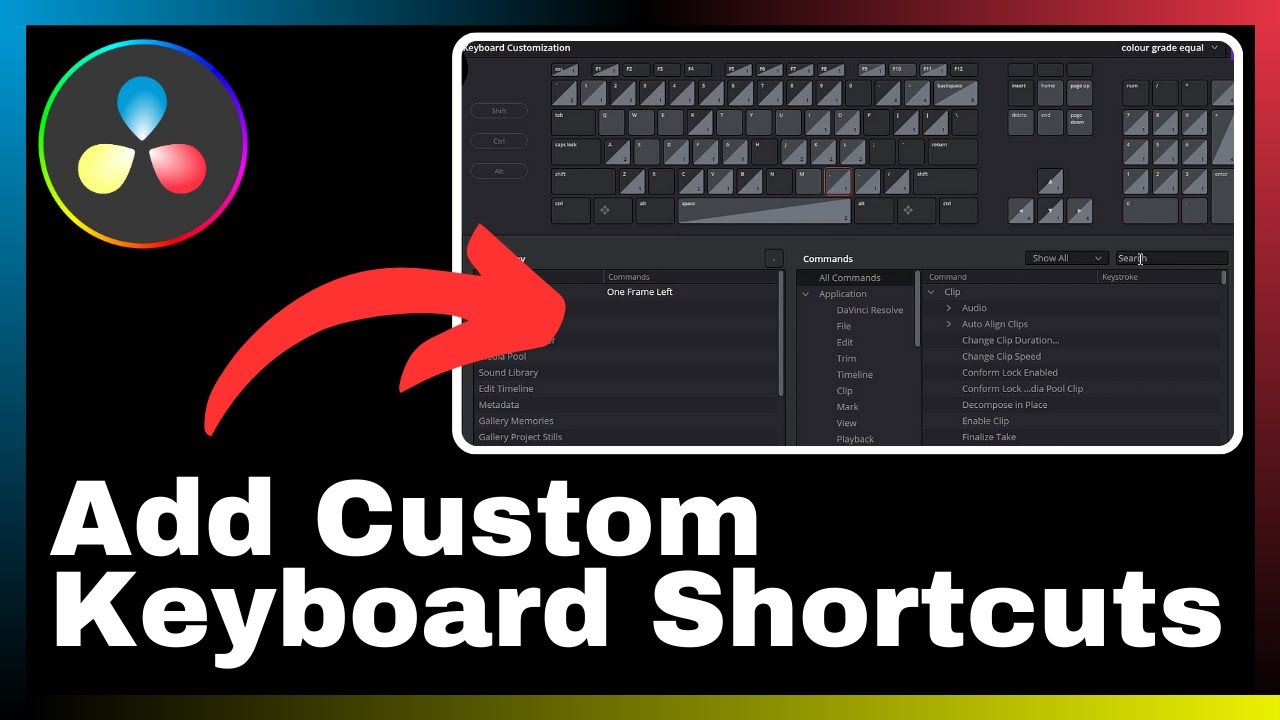In the world of video editing, adding text to your videos can greatly enhance visual communication. In this article titled “How to Add Text to Video in DaVinci Resolve,” you’ll discover the step-by-step process of effectively incorporating text into your videos using the powerful software, DaVinci Resolve. With DaVinci Resolve’s comprehensive set of tools, both professionals and beginners can learn to seamlessly integrate text into their projects, irrespective of the size or complexity. By following this guide, you’ll gain valuable insights into the techniques and strategies for clearer communication through text in your videos.
Understanding DaVinci Resolve
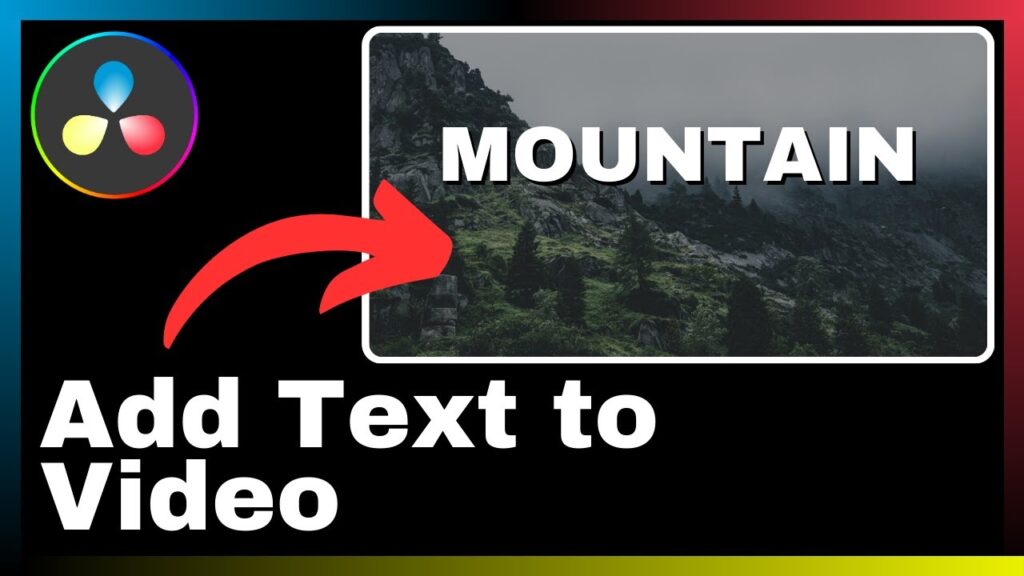
What is DaVinci Resolve
DaVinci Resolve is an all-in-one video editing, color correction, visual effects, and audio post-production software. It offers a comprehensive set of tools for professionals and beginners alike, making it a popular choice for projects of all sizes and complexities. Whether you are a filmmaker, content creator, or video editor, DaVinci Resolve provides the necessary features and functions to bring your vision to life.
Popular use cases
DaVinci Resolve is commonly used in various industries and for different purposes. Here are some popular use cases for this powerful software:
-
Film and video editing: Many professional filmmakers and editors rely on DaVinci Resolve for its robust editing capabilities. It allows them to trim, arrange, and merge video clips, apply transitions, and add effects to create seamless and visually appealing sequences.
-
Color correction and grading: DaVinci Resolve is widely recognized for its industry-leading Color page, which provides advanced tools for color correction and grading. Filmmakers can adjust the color balance, contrast, saturation, and other aspects of their footage to achieve the desired look and mood.
-
Visual effects: With its Fusion page, DaVinci Resolve enables users to create stunning visual effects and motion graphics. From simple compositing to complex 3D animations, the software offers a wide range of tools and features to bring imagination to reality.
-
Audio post-production: DaVinci Resolve also includes a dedicated Fairlight page for professional audio editing and mixing. It allows users to import, edit, and synchronize audio tracks, apply effects and filters, and mix audio elements for a polished and immersive audio experience.
Overview of DaVinci Resolve’s Interface
Upon launching DaVinci Resolve, you will be greeted with its intuitive and user-friendly interface. The software is divided into different pages, each serving a specific purpose in the editing and post-production workflow:
-
Media Pool: This is where you import and organize your media files, including videos, audio clips, images, and more. You can create folders, labels, and metadata tags to easily locate and manage your assets.
-
Cut Page: The Cut page offers a streamlined and efficient workflow for video editing. It provides a timeline interface where you can arrange and trim video clips, add transitions, and make basic edits. This page is ideal for quick edits and rough cuts.
-
Edit Page: The Edit page offers a more comprehensive set of tools and features for advanced video editing. It includes a timeline, viewer, and various panels for precise editing, effects application, and keyframe animation.
-
Color Page: The Color page is where you can perform color correction and grading for your footage. It provides a node-based workflow for creating complex color grades, as well as a range of tools for primary and secondary color adjustments.
-
Fusion Page: The Fusion page is dedicated to creating visual effects and motion graphics. It offers a node-based compositing interface, along with a vast library of pre-built effects, 3D models, and tools for advanced visual storytelling.
-
Fairlight Page: The Fairlight page is designed for audio post-production. It provides a multi-track mixer, waveform editor, and various audio processing tools to enhance and fine-tune your audio tracks.
-
Deliver Page: Once you have finished editing and enhancing your video, the Deliver page allows you to export and deliver your final project in various file formats, resolutions, and aspect ratios.
Understanding the layout and functionality of DaVinci Resolve’s interface is essential to effectively use the software and maximize your editing capabilities.
Preparing Your Video for Text Addition
Importing a video into DaVinci Resolve
Before you can add text to your video in DaVinci Resolve, you need to import the video file into the software. Here’s how you can do it:
-
Launch DaVinci Resolve and create a new project.
-
In the Media Pool, navigate to the folder or location where the video file is stored.
-
Right-click on the Media Pool panel and select “Import Media” from the contextual menu.
-
Locate and select the desired video file from your computer or storage device.
-
Click “Open” to import the video into your project.
Once imported, the video will appear in the Media Pool and will be ready for editing.
Overview of the timeline
In DaVinci Resolve, the timeline serves as the canvas where you can arrange and edit your video clips. It allows you to visualize the structure and flow of your video project, making it easier to add text and other elements. Here are the key components of the timeline in DaVinci Resolve:
-
Tracks: The timeline consists of multiple tracks, both video and audio. Video tracks contain video clips, while audio tracks hold audio clips and sound effects. The number of tracks can vary based on your project requirements.
-
Clips: Video clips and audio clips are represented as individual segments on the timeline. You can drag and drop clips onto the timeline from the Media Pool or other sources.
-
Markers: Markers are used to indicate specific points of interest or to make notes within the timeline. You can add markers at any position along the timeline and give them custom labels for easy reference.
-
In and Out Points: In and Out points define the start and end of a selected portion of a clip. By setting these points, you can control which sections of a clip are included in your final video.
Understanding the timeline and how to navigate it is crucial for effectively editing and arranging your video clips before adding text or other elements.
How to arrange and cut video for text addition
Once you have imported your video and have it on the timeline, you may need to arrange and cut the video to create space for the text. Here’s how you can do it:
-
Select the video clip on the timeline that you want to edit.
-
To rearrange the clip’s position on the timeline, click and drag it to the desired location. You can move clips horizontally to adjust their order or vertically to change the track they are on.
-
To cut a video clip into multiple segments, position the playhead (the vertical line indicating the current playback position) at the desired point and press the “S” key on your keyboard. This will split the clip into two segments at the playhead position.
-
To remove unwanted sections of a video clip, position the playhead at the beginning of the unwanted section, then press the “I” key to set the In point. Move the playhead to the end of the unwanted section and press the “O” key to set the Out point. Finally, press the “Delete” key on your keyboard to remove the selected segment.
By arranging and cutting your video clips, you can create space and timing for adding text overlays to your video.
Understanding The Text Tool
Accessing the text tool
To add text to your video in DaVinci Resolve, you need to access the text tool. Here’s how you can do it:
-
Make sure you are in the Edit page, where you can perform advanced video editing.
-
Locate the toolbar on the left side of the interface. If the toolbar is not visible, go to the top menu and click on “View”, then select “Show Toolbar”.
-
In the toolbar, click on the “Text” icon. This will activate the text tool and display text options in the inspector panel.
Understanding different text options in DaVinci Resolve
When you activate the text tool in DaVinci Resolve, you gain access to various options for customizing and manipulating text. Here are some important text options you should be familiar with:
-
Font: DaVinci Resolve offers a wide range of font styles to choose from. You can either select a font from the default options or import your own font files.
-
Size: Adjusting the text size allows you to make the text larger or smaller. This helps ensure the text is legible and appropriately sized for your video.
-
Color: You can change the color of the text to match your video’s overall aesthetic or to create emphasis. DaVinci Resolve provides a color picker and a customizable color wheel for precise color selection.
-
Opacity: The opacity option determines the transparency of the text. You can adjust it to make the text more or less pronounced, depending on your desired effect.
-
Position: DaVinci Resolve allows you to position the text anywhere on the screen. You can use the on-screen controls or input specific numerical values to determine the precise position.
-
Rotation: If you want to add some visual interest to your text, you can rotate it. DaVinci Resolve lets you rotate the text clockwise or counterclockwise to achieve the desired effect.
By understanding and utilizing these text options, you can create visually appealing and informative text overlays in your videos.
How to create a text layer
Creating a text layer in DaVinci Resolve is a straightforward process. Here’s a step-by-step guide on how to do it:
-
With the text tool activated, click on the preview window in the viewer panel where you want the text to appear. This will create a text layer at that position.
-
Once the text layer is created, you can start typing the desired text. The text will appear inside a bounding box, which you can resize, rotate, and move as needed.
-
To edit the text content, either double-click on the text layer in the timeline or double-click directly on the text in the viewer panel. This will allow you to modify the text and apply changes.
-
Adjust the text properties such as font style, size, color, opacity, position, and rotation using the inspector panel on the right side of the interface. Experiment with these options to achieve the desired look for your text overlay.
By following these steps, you can easily create text layers and customize them to match your video’s style and messaging.
Adding Basic Text to Your Video
Typing the desired text
Once you have created a text layer in DaVinci Resolve, you can start typing the desired text. Simply click inside the text bounding box in the viewer panel and start typing. DaVinci Resolve supports a wide range of character inputs, including letters, numbers, symbols, and even special characters.
Take your time to ensure that your text is free from typos and grammatical errors. Orthographic mistakes can make your video appear unprofessional, so double-check your text content before finalizing it.
Choosing the right font style and size
The font style and size greatly impact the readability and visual appeal of your text overlay. Here are some tips for choosing the right font style and size:
-
Readability: Prioritize readability when selecting a font style. Avoid overly decorative or complex fonts that may be difficult to read, especially when the text is small or displayed for a short duration.
-
Consistency: If your video has multiple text overlays, consider using the same font style throughout to maintain a consistent visual theme. Consistency helps create a cohesive design and improves brand recognition.
-
Hierarchy: Adjust the font size to establish a visual hierarchy in your text. Use larger font sizes for important headings or titles, and smaller font sizes for supporting information or captions.
-
Contrast: Ensure that the chosen font style and size provide sufficient contrast against the background. Text that blends with the background can be hard to read, so choose colors and styles that stand out.
By carefully considering the font style and size, you can make your text overlay visually appealing and easy to understand.
Adjusting text color and opacity
Text color and opacity are essential elements for ensuring the visibility and legibility of your text overlay. Here are some considerations when adjusting text color and opacity in DaVinci Resolve:
-
Contrast: Choose a text color that provides strong contrast against the background. A high-contrast combination, such as white text on a dark background or vice versa, ensures maximum readability.
-
Aesthetic: Consider the overall aesthetic and mood of your video when selecting the text color. Matching the text color to the video’s color scheme or theme can create a cohesive and visually pleasing result.
-
Opacity: Adjust the opacity of the text to strike a balance between visibility and subtlety. Too high of an opacity can overpower the video, while too low of an opacity may make the text difficult to read. Experiment with different opacity levels to achieve the desired effect.
-
Color psychology: Keep in mind that different colors convey different emotions and messages. For example, warm colors like red and orange can evoke excitement or urgency, while cool colors like blue and green can convey calmness or trust.
By selecting the right text color and adjusting the opacity to suit your video’s content and style, you can ensure that your text overlays effectively convey the intended message.
Styling Text in DaVinci Resolve
Accessing the Inspector panel
The Inspector panel in DaVinci Resolve provides a comprehensive set of options for styling and manipulating text. To access the Inspector panel and make adjustments to your text properties, follow these steps:
-
Make sure you have a text layer selected in the timeline or viewer panel.
-
Locate the Inspector panel on the right side of the interface. If it is not visible, go to the top menu and click on “View”, then select “Show Inspector”.
-
In the Inspector panel, you will find various tabs and options for customizing different aspects of your text, such as fonts, spacing, colors, effects, and animations.
By accessing the Inspector panel, you can fine-tune the appearance of your text and achieve the desired styling effects.
Adjusting different parameters for text fonts
DaVinci Resolve provides extensive options for adjusting different parameters related to text fonts. Here are some key parameters you can modify in the Inspector panel:
-
Font style: Choose from a wide range of font styles available in DaVinci Resolve. Experiment with different fonts to find the one that best suits your video’s style and messaging.
-
Font size: Adjust the font size to enhance the readability and visual impact of your text. Larger font sizes are typically used for headings and titles, while smaller font sizes work well for subtitles and captions.
-
Character spacing: Alter the spacing between individual characters to fine-tune the overall look of the text. Increasing the spacing can add a touch of elegance or uniqueness to the text, while decreasing the spacing can make it denser and more compact.
-
Line spacing: Adjust the vertical spacing between lines of text. Increasing the line spacing can enhance readability, especially for longer paragraphs, while decreasing the line spacing can create a more compact text layout.
These parameters allow you to customize the text to your preferences and make it more visually appealing.
Using drop shadows and stroke for text enhancement
Drop shadows and stroke are effective techniques for enhancing the visibility and aesthetics of your text overlays. Here’s how you can use them in DaVinci Resolve:
-
Drop shadow: A drop shadow adds depth and dimension to the text by creating a shadow effect behind it. To add a drop shadow, locate the “Shadow” settings in the Inspector panel. Adjust the parameters such as opacity, distance, and direction to achieve the desired shadow effect.
-
Stroke: A stroke adds a border or outline to the text, making it stand out from the background. To add a stroke, locate the “Stroke” settings in the Inspector panel. Adjust the parameters such as color, width, and opacity to customize the stroke’s appearance.
When using drop shadows and strokes, be mindful of the text’s color and contrast to ensure that the enhancements do not detract from the text’s legibility.
Animating Text
Applying animation on text
Animating text can bring it to life and make it more engaging for the viewer. DaVinci Resolve offers several animation options to add movement and visual interest to your text overlays. Here’s how you can apply animation to text:
-
Select the text layer in the timeline or viewer panel.
-
In the Inspector panel, navigate to the “Animation” tab.
-
Choose an animation preset from the available options or create a custom animation by adjusting the keyframes.
-
Preview the animation by playing the timeline or using the playhead to view the animation within the viewer panel.
By applying animation to text, you can captivate your audience, draw attention to important information, and add dynamism to your video.
Understanding keyframes in DaVinci Resolve
Keyframes are essential tools for controlling and manipulating animation in DaVinci Resolve. They allow you to define specific points in time where a property or attribute of your text overlay changes. Here are some key concepts related to keyframes:
-
Position keyframes: Position keyframes control the position of the text layer in the viewer panel. By setting multiple position keyframes at different points in time, you can create smooth motion effects such as text scrolling, panning, or flying across the screen.
-
Opacity keyframes: Opacity keyframes regulate the transparency of the text. By adjusting the opacity at different keyframe points, you can make the text fade in or out, smoothly transition between different text elements, or create subtle effects.
-
Scale keyframes: Scale keyframes control the size of the text layer. By animating the scale property, you can make the text gradually grow or shrink, emphasize particular words or phrases, or create dynamic visual effects.
By understanding keyframes and their significance in animation, you can harness their power to create compelling and visually dynamic text overlays.
Creating simple text animation: Entry and exit points
One approach to creating simple text animation is by defining entry and exit points for the text. This method involves animating the text’s position to make it appear on the screen and then disappear. Here’s how you can do it:
-
Select the text layer in the timeline or viewer panel.
-
In the Inspector panel, navigate to the “Animation” tab.
-
Set the position keyframes for the entry point of the text. This is where the text starts its animation and becomes visible on the screen. Adjust the position parameters to define the desired starting position.
-
Move the playhead in the timeline or viewer panel to the point where you want the text to exit or disappear.
-
Set the position keyframes for the exit point of the text. This is where the text completes its animation and disappears from the screen. Adjust the position parameters to define the desired ending position.
By creating entry and exit points for the text and animating its position, you can add subtle movement and visual interest to your text overlays.
Adding Scrolling and Rolling Text
Including credits or long text with the scrolling feature
The scrolling feature in DaVinci Resolve allows you to include credits or long blocks of text in your videos. Here’s how you can use the scrolling feature:
-
Select the text layer in the timeline or viewer panel.
-
In the Inspector panel, navigate to the “Transform” tab.
-
Adjust the position keyframes to set the initial position of the text. This will determine where the scrolling text begins.
-
Move the playhead in the timeline or viewer panel to the point where you want the scrolling text to end. This will be the final position of the text.
-
Adjust the position keyframes again to set the final position of the text.
-
Enable the scrolling feature by checking the “Scroll Text” box in the Inspector panel. This will initiate the scrolling motion between the initial and final positions.
By utilizing the scrolling feature, you can effectively present credits, provide additional information, or display longer text passages in a visually appealing manner.
Customizing speed and direction of the scrolling
DaVinci Resolve allows you to customize the speed and direction of the scrolling text. Here’s how you can do it:
-
Select the text layer in the timeline or viewer panel.
-
In the Inspector panel, navigate to the “Transform” tab.
-
Adjust the position keyframes to set the initial and final positions of the text, as described in the previous section.
-
To control the scrolling speed, modify the duration of the animation. By stretching or compressing the animation duration, you can speed up or slow down the scrolling motion.
-
To change the direction of the scrolling text, adjust the position keyframes in reverse order. For example, if you initially defined the text’s entry point from bottom to top, switch the positions for the entry and exit point to reverse the scrolling direction.
By customizing the speed and direction of the scrolling text, you can tailor the animation to suit your video’s style and pacing.
Implementing rolling text
Rolling text, also known as a “crawling” or “ticker” effect, is useful for displaying continuously scrolling text, such as news tickers or updates. Here’s how you can implement rolling text in DaVinci Resolve:
-
Select the text layer in the timeline or viewer panel.
-
In the Inspector panel, navigate to the “Transform” tab.
-
Adjust the position keyframes to set the initial and final positions of the text. This will define the rolling direction and duration.
-
To enable the rolling effect, enable the “Loop” option in the Inspector panel. This ensures that the text continuously rolls from the initial position to the final position.
-
Fine-tune the rolling speed by adjusting the duration of the animation. Shorter durations result in faster rolling speeds, while longer durations create slower rolling speeds.
By implementing rolling text, you can add dynamic information to your videos and create a sense of urgency or importance.
Using Text Templates in DaVinci Resolve
Understanding Fusion templates
Fusion templates in DaVinci Resolve are pre-built assets that contain complex visual effects, motion graphics, or text elements. They provide a quick and convenient way to enhance your videos without having to create everything from scratch. Here’s what you need to know about Fusion templates:
-
Library of templates: DaVinci Resolve offers a vast library of Fusion templates that cover a wide variety of effects, designs, and styles. These templates can be accessed within the Fusion page or the Effects Library.
-
Customizability: Fusion templates can be customized to suit your specific needs. You can modify text content, adjust colors and sizes, change animation parameters, and more.
-
Time-saving: Utilizing Fusion templates can significantly reduce production time, as you can leverage pre-made designs and effects instead of starting from scratch. This is especially useful for complex visual effects or motion graphics.
By using Fusion templates, you can easily incorporate unique and eye-catching text elements into your videos, adding a professional touch to your projects.
Applying template text to your video
Applying template text to your video in DaVinci Resolve is a straightforward process. Here’s how you can do it:
-
Access the Fusion page in DaVinci Resolve.
-
Locate the Effects Library panel on the left side of the interface. If the panel is not visible, go to the top menu and click on “View”, then select “Show Effects Library”.
-
In the Effects Library, navigate to the section containing Fusion templates. Depending on your DaVinci Resolve version, this section may be labeled “Titles”, “Generators”, or “Fusion Templates”.
-
Browse through the available templates and select the one that suits your video’s style and messaging.
-
Drag and drop the selected template onto the timeline or viewer panel. This will create a pre-built text element in your project, which you can further customize.
By applying template text, you can add visually attractive and professionally designed text elements to your videos with minimal effort.
Customizing the text templates
DaVinci Resolve allows you to customize the text templates according to your preferences and requirements. Here’s how you can customize text templates:
-
Select the applied text template in the timeline or viewer panel.
-
In the Inspector panel, you will find various parameters and options for customizing the text template. These options may include text content, font styles, colors, animation properties, and more.
-
Adjust the parameters and options to make the necessary changes to the text template. You can experiment with different settings to achieve the desired look and feel for your video.
By customizing the text templates, you can tailor them to your specific video project and maintain a consistent visual style throughout.
Troubleshooting Text Addition Issues
Addressing common problems with text addition
Adding text to videos can sometimes come with challenges or issues. Here are some common problems that may arise and their solutions:
-
Text alignment: If your text appears misaligned or off-center, check the position and alignment settings in the Inspector panel. Adjust the X and Y coordinates to center the text properly.
-
Text visibility: If your text is difficult to read or blend into the background, consider adjusting the color, opacity, or adding drop shadows or stroke effects to enhance visibility.
-
Text legibility: If your text appears too small or the font style is hard to read, try increasing the font size or choosing a more readable font. It’s important to prioritize legibility to ensure that your message is clear.
-
Text animation issues: If your text animation appears choppy or not smooth, ensure that you have set enough keyframes and adjusted their properties properly. Smooth out the animation by refining the timing and easing functions.
By identifying and addressing these common problems, you can ensure that your text additions in DaVinci Resolve are visually appealing and effectively convey your message.
Understanding the importance of resolution in text quality
The resolution of your video footage and the text overlay affects the overall quality and legibility of the text. Here are some key points to consider:
-
Video resolution: Ensure that your video resolution is suitable for your intended output platform. Higher resolutions generally provide sharper and more detailed text, while lower resolutions can result in text appearing blocky or pixelated.
-
Text resolution: When adding text to your video, use a font size and style that is appropriate for the resolution. Very small text may not be legible in lower resolutions, while extremely large text may lose detail in higher resolutions.
-
Scaling considerations: If you need to scale your video or text, do so with caution. Scaling too much can degrade the overall quality and legibility of your text. Whenever possible, work with native resolution assets to maintain the best text quality.
By understanding the importance of resolution and making appropriate adjustments, you can ensure that your text appears crisp and clear in your final video.
How to handle crashes during text editing
Crashes or technical issues are not uncommon during the video editing process, including when working with text in DaVinci Resolve. Here are some steps you can take to handle crashes effectively:
-
Save your project: Regularly save your project to prevent data loss in the event of a crash. Use the “Save” or “Save As” option in the top menu to save your progress.
-
Restart DaVinci Resolve: If the software crashes, close the application completely and relaunch it. Restarting DaVinci Resolve can help resolve temporary glitches or memory-related issues.
-
Update your software: Ensure that you are using the latest version of DaVinci Resolve. Software updates often include bug fixes and performance improvements that can address stability issues.
-
Check system requirements: Verify that your computer meets the minimum system requirements for DaVinci Resolve. Inadequate hardware or outdated drivers can contribute to crashes or performance problems.
-
Contact support: If the crashes persist or you encounter technical issues that you cannot resolve on your own, consider reaching out to Blackmagic Design’s support team. They can provide guidance and assistance in troubleshooting specific problems.
Handling crashes effectively will help minimize disruptions and ensure a smoother editing experience when adding text to your videos in DaVinci Resolve.
Conclusion
In this guide, we have explored the process of adding text to your videos effectively using DaVinci Resolve. We have discussed the features and capabilities of DaVinci Resolve, as well as popular use cases for the software. We have also provided a comprehensive overview of the interface and explained how to prepare your video for text addition.
We have delved into the various aspects of the text tool in DaVinci Resolve, including accessing the text tool, understanding different text options, and creating text layers. Additionally, we have covered important topics such as adding basic text, styling text, and animating text.
We have also explored the implementation of scrolling and rolling text, as well as the use of text templates to enhance your videos. Furthermore, we have addressed common problems with text addition and troubleshooting issues that may arise during the editing process.
By following the guidelines and tips provided in this guide, you can confidently add text to your videos in DaVinci Resolve, creating visually appealing and informative text overlays. Remember to experiment, practice, and continue learning to fully unlock the potential of this powerful software.




